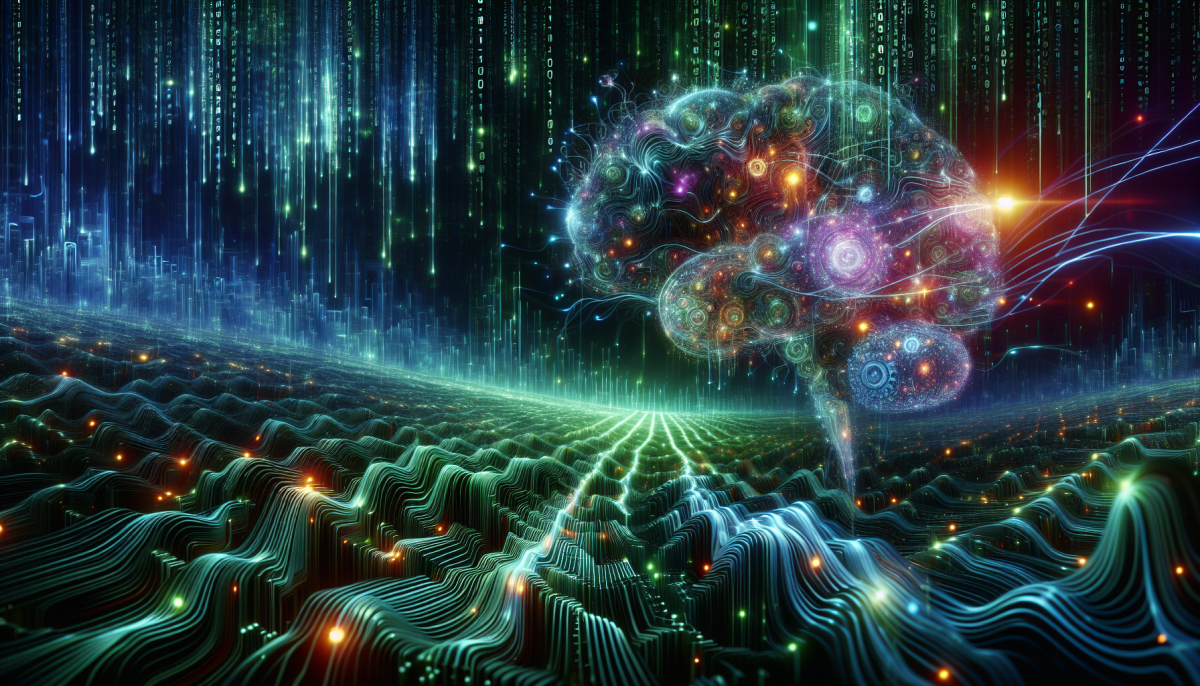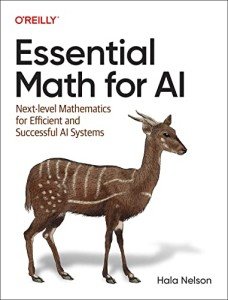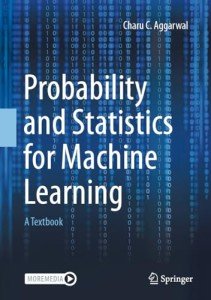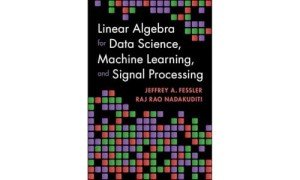Math in AI is more than just numbers and equations; it's the foundation that helps machines learn and make decisions. If you've ever wondered how your favorite apps and devices can recognize your voice or provide personalized recommendations, you can thank math for that! It helps translate complex data into something a computer can understand and work with.
At the core, we have statistics and probability. These areas of math allow AI systems to analyze data, identify patterns, and make predictions. For instance, when you're scrolling through social media, algorithms use statistical models to determine what content you'll likely engage with based on your previous interactions. It's all about crunching numbers to improve your experience!
Another crucial aspect of Math in AI is linear algebra. This branch of math helps with understanding and manipulating data structures. Think about how images are processed in AI—each pixel can be seen as a point in space, and linear algebra lets systems shuffle and transform these points to recognize faces or objects. Pretty neat, right?
And let’s not forget about calculus! It plays a key role in optimizing AI models, allowing them to learn more efficiently. For example, it helps adjust the weights in neural networks during training. This means AI can improve over time and get better at tasks, whether it's playing chess or diagnosing diseases. By refining calculations, AI can become smarter and more effective with every iteration.
Key Mathematical Concepts You Should Know
When diving into the world of Math in AI, there are a few key concepts that everyone should grasp. Understanding these fundamental ideas can really help you appreciate how artificial intelligence works. Let’s break them down!
1. Linear Algebra: This is the study of vectors and matrices, which are crucial for representing data in AI. Everything from image processing to deep learning relies on linear algebra to manipulate large sets of data. If you can get comfortable with concepts like matrix multiplication and eigenvalues, you'll be ahead of the game!
2. Probability and Statistics: AI is all about making predictions and decisions based on data. That’s where probability and statistics come in. Knowing how to interpret data sets, understand distributions, and calculate probabilities can improve your skills in building models that learn from data. It’s essential for areas like machine learning.
3. Calculus: This might seem tricky at first, but calculus is super helpful when it comes to optimizing algorithms in AI. Concepts like derivatives and integrals are used to find the best solutions to problems, making sure algorithms run efficiently. It's all about improving performance, so a grasp of calculus is definitely beneficial.
Once you get familiar with these concepts, you'll see how they form the foundation of Math in AI. They help in understanding how AI systems learn, adapt, and improve over time. Whether you're just starting out or looking to deepen your knowledge, having these basics in your toolkit will make a big difference!
How Math Shapes AI Algorithms
When we talk about Math in AI, we’re diving into the core of how machines learn and make decisions. Think of it as the secret language that enables computers to understand patterns, solve problems, and even predict future trends. Without math, AI would just be a collection of random ideas, lacking the structure needed to function effectively.
One of the key aspects of Math in AI is statistics. It helps in making sense of data—no matter how big or messy it is. By analyzing data points, algorithms can identify trends and make predictions based on past behavior. This is why you'll frequently hear terms like regression, probability, and correlation when discussing AI. They’re the building blocks that help create more intelligent systems.
Another important area in Math in AI is linear algebra. Sounds fancy, right? But it’s really about understanding how data can be represented in different dimensions. It allows algorithms to transform data into a format that’s more useful for learning. When you hear about neural networks, for example, linear algebra is behind the scenes making those connections possible.
Let’s not forget about calculus, which plays a role in optimizing AI algorithms. When we want our AI to get better at making decisions, we need to adjust its parameters. Calculus helps in understanding how small changes can impact the overall function, leading to improved performance over time. It’s all about finding that sweet spot where the outputs are as accurate as possible.
In all these areas, Math in AI isn’t just about numbers and equations; it’s about bringing those numbers to life. The insights derived from mathematical principles enable AI systems to learn from experience, adapt to new information, and ultimately provide smarter solutions for real-world problems. So next time you think of AI, remember that it’s all about the math that holds it together!
Real World Applications of Math in AI
Let’s kick things off by talking about how Math in AI plays a critical role in our everyday lives. Think about how you interact with your favorite digital assistants, like Siri or Alexa. These services rely on complex algorithms that use mathematical models to understand your voice commands and provide accurate responses. Without the foundations laid by math, these assistants simply wouldn’t be as effective.
Have you noticed how social media platforms seem to know exactly what you want to see? It’s all thanks to Math in AI! Algorithms analyze your behavior and preferences, using statistics and probabilities to curate your feed. This involves a lot of number crunching to predict what posts you'll engage with the most. So, each time you scroll, there’s a bit of math working behind the scenes to enhance your experience.
Then there's the world of autonomous vehicles. Self-driving cars use a collection of sensors and inputs, but it’s Math in AI that helps these cars make split-second decisions. Algorithms process data from these sensors to calculate distances, identify obstacles, and determine the best routes. All this relies on geometry, calculus, and linear algebra to ensure that everything runs smoothly and safely.
Even in healthcare, Math in AI takes center stage. From diagnostic tools to predictive analytics, mathematical models are used to analyze patient data and improve outcomes. For instance, AI systems can identify patterns in medical images far quicker than the human eye, all thanks to advanced algorithms based on mathematical principles.
So, whether it’s chatting with your phone, scrolling through social media, riding in a self-driving car, or getting medical care, Math in AI is everywhere. It’s the secret sauce that makes these technologies not just possible, but also incredibly efficient and reliable.







